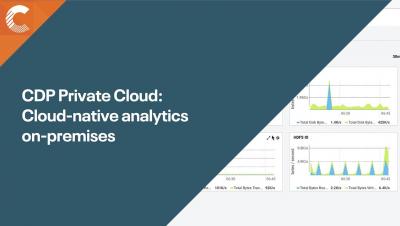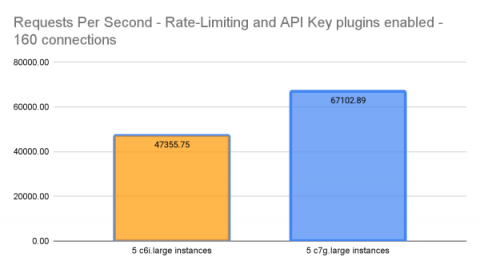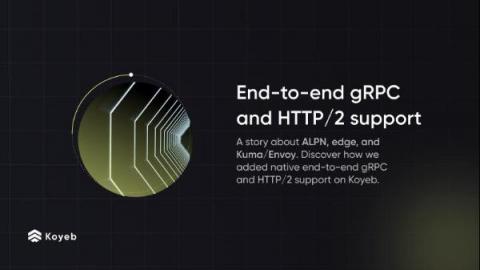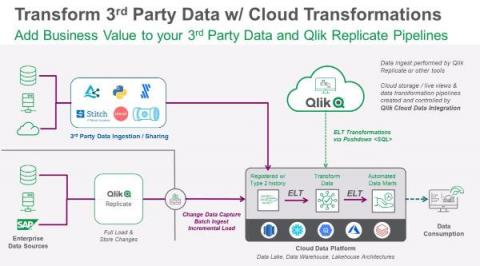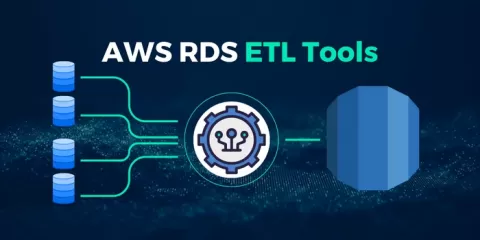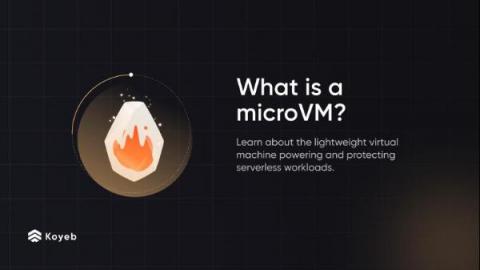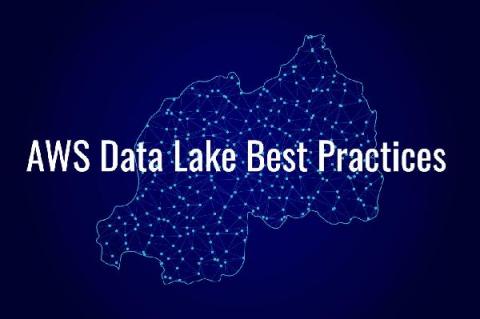Systems | Development | Analytics | API | Testing
June 2023
Navigating the Cloud: Insights from our recent webinar with Google Cloud
Discover the key challenges organizations face during cloud migration and explore actionable solutions to unlock the full potential of the cloud for your business.
Built with BigQuery: How to supercharge your product data with Google Cloud and Harmonya
Harmonya relies on BigQuery to build and maintains data pipelines and train and serve machine learning models for its product enrichment service.
Snowflake Native App Framework Now Available to Developers in AWS
At Snowflake Summit 2022, we introduced a new way of building apps with the Snowflake Native App Framework. Today, we are excited to bring the power of the Snowflake Native App Framework to developers around the world with the public preview in AWS. Developers can now start building and testing Snowflake Native Apps in their accounts in AWS. Distribution and monetization capabilities will be available in public preview on AWS later this year.
How to get the most out of your dbt Cloud instance
You may already be familiar with dbt, but just to be sure we're on the same page, let's revisit the concepts. The Data Build Tool (dbt) is a widely used framework provided by dbt Labs, specifically designed to bridge the gap between data analysts, data engineers, and software engineers, resulting in the creation of a new role in data and analytics: the analytics engineer.
Get Gravitas and Go Amazonian: Kong Validated for AWS Graviton3, Amazon Linux 2023 OS
Today, we’re thrilled to announce that Kong Enterprise and Kong Konnect Data Planes are now validated to run on AWS Graviton3 processors and Amazon Linux 2023 OS. As an APN Advanced Tier Partner of AWS, we were delighted to have the opportunity to benchmark Kong Enterprise running on AL2023 and Graviton3.
Logistics giant optimizes cloud data costs up front at speed & scale
One of the world’s largest logistics companies leverages automation and AI to empower every individual data engineer with self-service capability to optimize their jobs for performance and cost. The company was able to cut its cloud data costs by 70% in six months—and keep them down with automated 360° cost visibility, prescriptive guidance, and guardrails for its 3,000 data engineers across the globe.
End-to-end gRPC and HTTP/2 support: a story about ALPN, Edge, and Kuma/Envoy
Need to deploy APIs and full-stack apps with gRPC and HTTP/2 support? Sign up now to deploy with our free tier and choose your preferred protocol in the control panel or via the CLI. Our thing is to let you deploy your apps globally in less than 5 minutes - and with high-end performance. Not only does this require us to be meticulous about everything composing our infrastructure layer, but also we have to support high-level protocols like WebSockets, HTTP/2, and gRPC.
Why Cloud Operations Would Benefit From a "On-Premise" Approach to Cost Management
Increasing the Value of Cloud Data: Qlik Cloud Data Integration Transformation Services
Data fragmentation and the growing volume of data sources and types are putting increased focus and importance on an organization’s ability to continuously organize, transform and cost effectively deliver real-time data to its entire organization through the cloud.
Keep up with Oracle cloud updates with timely test automation
Oracle Cloud’s quarterly updates require day-one testing on staging environments to keep up with the update’s general availability, which is critical to your business’ success. Tricentis Tosca provides fast, resilient, and risk-based testing to ensure your critical end-to-end business processes will continue to work as expected after Oracle Cloud updates go live.
Comparing AWS RDS ETL Tools
Deliver Data-Driven Decision-Making with the New Government & Education Data Cloud
Today’s governmental and educational organizations can’t fully use the wealth of data they possess to improve citizen and student outcomes. Government agencies often deal with disparate and siloed data that can impact real-time decision-making. Securely exchanging information and collaborating on data remains an essential task in almost every agency strategy.
What is a microVM?
A microVM is a lightweight virtual machine. Any function or container workload can run inside of one. It is ideal for running multiple high-performance and secure workloads concurrently on a single machine because it combines the security and isolation of traditional VMs with the resource efficiency of containers. In this blog post, we dive into the world of microVMs, specifically Firecracker microVMs.
The Modern Data Ecosystem: Monitor Cloud Resources
When monitoring cloud resources, there are several factors to consider.
10 AWS Data Lake Best Practices
The Modern Data Ecosystem: Use Managed Services
When monitoring cloud resources, there are several factors to consider.


